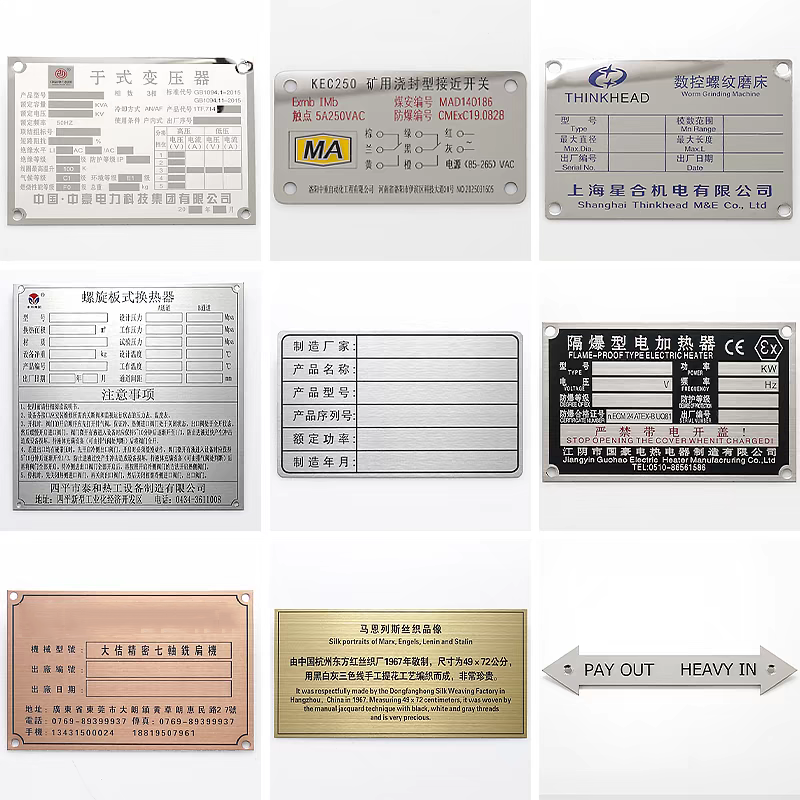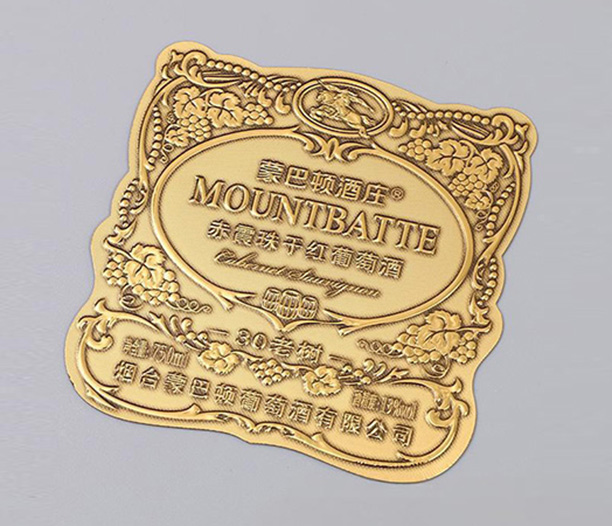In the complex world of chemical logistics, clarity is not just convenient—it's a critical component of safety. The Globally Harmonized System of Classification and Labelling of Chemicals (GHS) was established by the United Nations to create a universal standard for communicating chemical hazards. At the heart of this system on the front lines are the GHS shipping label elements. These are not mere stickers; they are a standardized, visual language designed to be understood across language barriers and educational backgrounds, ensuring that anyone handling a chemical—from a forklift operator to a lab technician—can instantly recognize its dangers.
A proper GHS label is a legal requirement in most countries and a fundamental pillar of responsible chemical management. Failure to comply can result in severe penalties, workplace accidents, environmental damage, and costly logistical delays. This comprehensive guide will dissect the essential GHS shipping label elements, explaining not only what they are but why they are crucial for compliance, safety, and operational efficiency. We will explore the six core components that must be present on every compliant label, along with best practices for design and implementation.

Understanding the Foundation: What Are GHS Shipping Label Elements?
Before diving into the specifics, it's important to understand what we mean by GHS shipping label elements. In essence, these are the mandatory, standardized pieces of information that must appear on the label of any container holding hazardous chemicals that is being shipped or transported. This includes everything from drums and totes to smaller bottles and boxes within a larger shipment.
The primary purpose of these elements is to provide immediate, clear, and concise information about the physical, health, and environmental hazards of the chemical inside. They act as the first point of contact for hazard communication, bridging the gap between the comprehensive Safety Data Sheet (SDS) and the individual on the ground. The GHS shipping label elements are designed to be consistent worldwide, meaning a label created in Japan will convey the same core hazard information as one created in Brazil or the United States, once fully implemented. This harmonization is vital for international trade and global workplace safety.
The Six Core GHS Shipping Label Elements Demystified
According to the GHS "Purple Book" and regulations like OSHA's Hazard Communication Standard (HCS), a compliant label must include six specific elements. Missing any one of these can render a label non-compliant and potentially dangerous.
1. Product Identifier
This is the first and most fundamental of the GHS shipping label elements. The product identifier tells the handler exactly what chemical is inside the container. This typically includes:
Chemical Name: For a single substance, this is the precise chemical name (e.g., "Sodium Hydroxide").
Code or Batch Number: Used for tracking and quality control.
Mixture Identification: For mixtures, the name used on the Safety Data Sheet must be used. It is also common, and often required, to list the key hazardous ingredients within the mixture.
The product identifier must be identical to the one found in Section 1 of the corresponding SDS. This creates a direct and unambiguous link between the quick-reference label and the detailed hazard information in the SDS.
2. Signal Word
The signal word is a simple yet powerful tool among the GHS shipping label elements. It indicates the relative severity of the hazards presented by the chemical. There are only two possible signal words:
Danger: Used for more severe hazard categories.
Warning: Used for less severe hazard categories.
A label will only ever have one signal word. If the hazards warrant a "Danger," that word is used, and "Warning" is omitted, even if other hazards on the label are classified at the "Warning" level. This provides an immediate, high-level understanding of the overall risk.
The Power of Pictograms: Visual Warnings in the GHS Framework
3. Hazard Pictograms
Perhaps the most recognizable of all the GHS shipping label elements are the hazard pictograms. These are diamond-shaped symbols with a black hazard image on a white background, set within a red square frame set on a point (a red-bordered diamond). Each pictogram represents a distinct type of hazard:
Health Hazard: Carcinogenicity, respiratory sensitization, reproductive toxicity, etc.
Flame: Flammables, pyrophorics, self-heating substances, emits flammable gas.
Exclamation Mark: Irritant, skin sensitizer, acute toxicity (harmful), narcotic effects.
Gas Cylinder: Gases under pressure.
Corrosion: Skin corrosion/burns, eye damage, corrosion to metals.
Exploding Bomb: Explosives, self-reactive substances, organic peroxides.
Flame over Circle: Oxidizers.
Environment (Non-mandatory under OSHA but required by other agencies like DOT and in other countries): Aquatic toxicity.
Skull and Crossbones: Acute toxicity (fatal or toxic).
These symbols transcend language barriers, providing an instant visual cue of the primary dangers. A single label may contain multiple pictograms if the chemical presents multiple types of hazards.

From Symbols to Specifics: Communicating Precise Hazards and Precautions
4. Hazard Statements
While pictograms give a general visual warning, hazard statements provide the specific, standardized text description of the nature and degree of the hazard. These are assigned alphanumeric codes (e.g., H225, H318) but the full phrase must appear on the label. Examples include:
H225: Highly flammable liquid and vapor.
H318: Causes serious eye damage.
H301: Toxic if swallowed.
These statements offer crucial detail that the pictograms alone cannot, ensuring there is no ambiguity about the specific risks involved.
5. Precautionary Statements
Precautionary statements are the "what to do" part of the GHS shipping label elements. They describe recommended measures to minimize or prevent adverse effects from exposure to the hazardous chemical, or from improper storage or handling. Like hazard statements, they are standardized and coded (e.g., P102, P280). They are often grouped into four categories:
Prevention (e.g., "Wear protective gloves.")
Response (e.g., "IF ON SKIN: Wash with plenty of soap and water.")
Storage (e.g., "Store in a well-ventilated place.")
Disposal (e.g., "Dispose of contents/container in accordance with local regulations.")
These statements provide immediate, on-the-spot guidance for safe handling in the event that the SDS is not immediately accessible.
6. Supplier Identification
The final mandatory element is the name, address, and telephone number of the manufacturer, importer, or responsible supplier. This information is vital for:
Obtaining Further Information: Handlers can contact the supplier for more details or to request a copy of the SDS.
Emergency Contact: In the event of an incident, responders know who to contact for technical advice about the chemical.
Regulatory and Quality Tracking: It establishes accountability and traceability for the product.
GHS vs. DOT: Navigating the Overlap in Shipping Label Requirements
A common point of confusion arises when GHS shipping label elements must coexist with Department of Transportation (DOT) labels and placards for transportation in the United States. It is critical to understand that these are two separate, but often overlapping, regulatory frameworks.
GHS (OSHA): Focuses on workplace hazard communication. Its labels are required on all containers in the workplace.
DOT (PHMSA): Focuses on the transportation of hazardous materials. Its labels are required on packages, overpacks, and freight containers being transported.
Often, a chemical shipment will require both. A drum may have a DOT label for its transportation hazard (e.g., "Flammable Liquid") and a GHS label for its workplace health hazards (e.g., "Causes skin irritation"). The key is that both labels must be displayed clearly and cannot obscure each other. In some cases, the DOT label may satisfy a GHS requirement (e.g., the DOT flame pictogram is often considered equivalent to the GHS flame pictogram for flammables), but this is not universal. A thorough understanding of both sets of regulations is essential for compliance.
Designing and Applying GHS Shipping Label Elements: Best Practices for Clarity and Durability
Knowing the six elements is one thing; applying them effectively is another. The design and application of your GHS shipping label elements are just as important as the information they contain.
Durability and Legibility: Labels must be durable enough to withstand the conditions of shipment and storage, including exposure to moisture, chemicals, abrasion, and varying temperatures. The print must be legible and not easily rubbed off.
Placement and Size: The label must be prominently displayed on the immediate container and easily visible. It should not be folded, wrinkled, or obscured by other markings. The size of the label and its text must be legible from a reasonable distance.
Language: For international shipping, it is a best practice—and often a legal requirement in the destination country—to have the GHS shipping label elements in the official language(s) of that country.
Color and Contrast: While the pictograms have specific color requirements (red border), the rest of the text must be in a color that sharply contrasts with its background (e.g., black text on a white or light-colored label) to ensure maximum readability.
Common Pitfalls and How to Avoid Them in GHS Labeling
Even with the best intentions, companies often make mistakes with their GHS shipping label elements. Here are some common pitfalls:
Incomplete or Missing Information: Omitting a single precautionary statement or the supplier's phone number is a common violation.
Incorrect Hazard Classification: If the chemical is misclassified in the first place, every element on the label will be wrong. Always refer to the latest GHS criteria.
Using Outdated Labels: The GHS is periodically updated. Labels must reflect the current version of the standard and any changes in the chemical formulation.
Poor Integration with DOT Labels: Allowing one label to obscure another or misapplying the rules for equivalency.
Labeling Inconsistencies: The product identifier or hazard information on the label must perfectly match the information provided in the Safety Data Sheet.
The best way to avoid these pitfalls is to implement a robust, managed labeling system, provide regular training to personnel responsible for classification and labeling, and conduct frequent internal audits.
The GHS shipping label elements are far more than a regulatory checkbox. They are a sophisticated, life-saving communication system that forms the backbone of chemical safety in the global supply chain. By thoroughly understanding and correctly implementing the six core elements—Product Identifier, Signal Word, Hazard Pictograms, Hazard Statements, Precautionary Statements, and Supplier Identification—businesses can protect their employees, safeguard the environment, ensure regulatory compliance, and foster a universal culture of safety.
Investing in proper training, durable label design, and accurate classification is not just a cost of doing business; it is an investment in risk management and corporate responsibility. As the GHS continues to evolve and be adopted more widely, mastery of these fundamental GHS shipping label elements will remain an indispensable skill for anyone involved in the manufacture, distribution, or use of hazardous chemicals.





